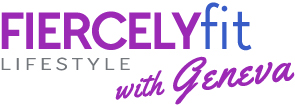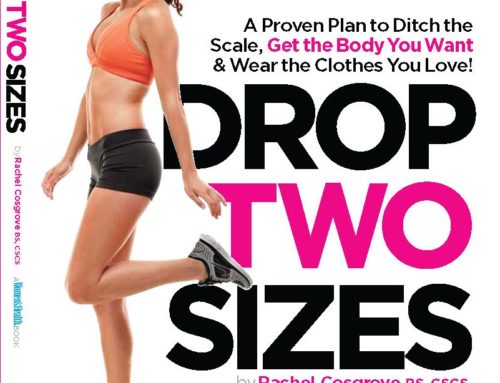What is functional Training
When I first became a trainer, functional training was all the rage. Anytime you went into gyms, you would see people doing balancing exercises, exercises on the stability balls, etc.
While sometimes things went too far, the initial concept was good. Prior to this trend, most people came to the gym for traditional bodybuilding workouts where they worked different muscle groups on separate days.
Unless “body building” is your specific goal, those types of workouts do not make sense for the general public who simply want to keep fit. I also don’t believe these types of workouts make sense for people who want to lose body fat.
Why should people who sit down all day at work come to the gym and then sit down on machines?
Many people come into the gym after years of inactivity, so the initial goal should be to get moving as much as possible.
Sitting on machines going through the motions (you know what I’m talking about) isn’t really accomplishing much of anything.
That’s why for many of my clients (especially more mature clients) we focus on functional movements to help with balance, coordination, and improving flexibility and strength where needed.
If the goal is fat loss, the goal is to expend as much energy (calories) as possible. Therefore we get as many muscles involved in the workout as possible. I’m a big believer in total body movements…that’s the way we move right?
For example: Squat and perform an overhead press, lunge and do a rotation, dynamic flexibility movements to get the heart rate up and improve range of motion. The beauty of this is that even clients who have limited mobility and are de-conditioned can do many of these exercises. We just start wherever their abilities are.
I don’t use many machines for general fitness/fat loss clients except if they have very little strength, or their postural imbalances call for strengthening a specific body part.
Being Functionally Fit
One afternoon as I was jogging along San Francisco’s beautiful waterfront, I started thinking about what it means to be functionally fit. I see guys building their chests and arms all day long in the gym so they can take off their shirts for the summer. I bet if you ask those same guys to walk uphill, run a mile, or run for the bus they would struggle.
Sidenote: These same guys don’t train their legs much of the time giving them no foundation or stability base. That is a whole other blog post, but the point is they have “bar bodies” or “mirror” bodies, but what about actual health?
I don’t simply want to LOOK fit and awesome, I want to be FIT and AWESOME. There is nothing like that feeling of accomplishment when your doctor tells you that your blood pressure is lower, your cholesterol is lower, and you no longer have to take various medications.
One of my favorite clients loves to share fitness victories. Her most recent was that she didn’t fall down when she moved suddenly. She attributed it to our focus on stabilization and agility training. I was very excited because she was FUNCTIONALLY FIT.
Performance & Lifestyle goals
 |
| #Goals2013 |
I think it is really important to not focus cosmetic goals, but also performance goals. I’ve shared this before, but my big performance goal is to be able to do a pullup. Slowly but surely!
 |
| *smh* |




Leave A Comment